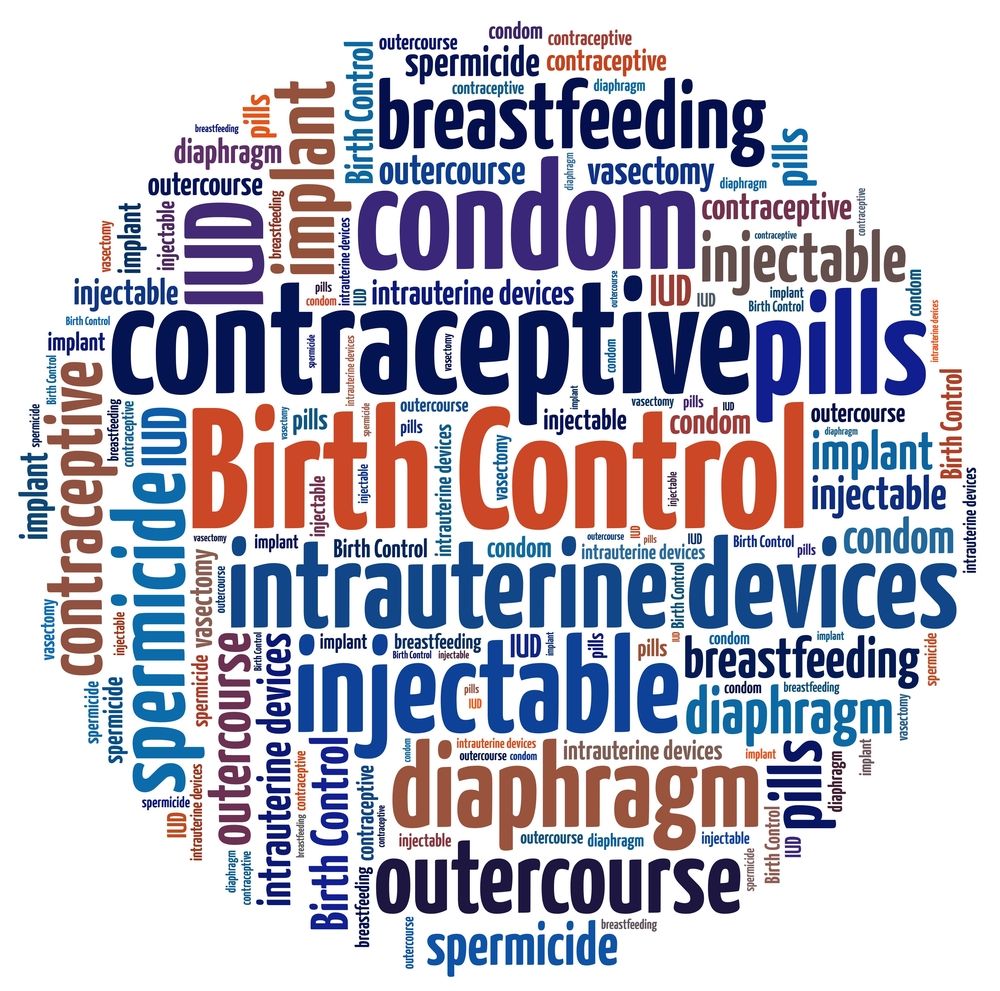Same-day LARC insertion and Medicaid costs
Giving adolescents same-day access to long-acting reversible contraceptives (LARC) in a Medicaid setting may save insurers money, according to results of a new economic evaluation.

Giving adolescents same-day access to long-acting reversible contraceptives (LARC) in a Medicaid setting may save insurers money, according to results of a new economic evaluation. The authors of the report on the research, which appears in JAMA Network Open, said the model of care should be explored in other settings as a way to increase access to contraception and lower rates of unintended pregnancy.
The analysis was based on development of a decision model from the perspective of Medicaid in Indiana. The authors made some simple assumptions about a hypothetical base case: a 16-year-old patient who presented for care and wanted LARC. They said that the assumptions generally would bias against same-day LARC because they ignore some of the costs of unintended pregnancy.
Although insurers typically do not require two visits for insertion of LARC, in many clinics that is the process, according to the authors, because of barriers within clinical and billing systems and the cost of stocking LARC. To test the one-visit model, they used data from previous studies to work through all the scenarios that could result if an adolescent wanted same-day LARC. For each step, the cost to the payer was calculated-including expenses such as for the device itself, delivery of a baby, and cost of an annual visit.
Same-day LARC placement was associated with lower overall costs ($2016 per patient over 1 year) compared with placement at a subsequent visit ($4133 per patient over 1 year). Compared with the return-visit strategy, same-day LARC was associated with an unintended pregnancy rate of 14% versus 48% and an abortion rate of 4% versus 14%.
Describing the results, the authors said that this was “the first cost-minimization analysis done from the outpatient perspective. The cost savings calculated here provide a benchmark for policy makers to consider potential policy changes and investments in incentives to promote and provide same-day LARC.” Noting that Medicaid insures an at-risk, low-income population and covers almost half the births in the United States, the researchers recommended that the agency foster same-day access to contraception through four strategies:
- Provision of bonus payments to clinicians to give them an incentive to make same-day contraception available to patients;
- Create a single, uniform reimbursement structure to mitigate procedural delays associated with having to order a LARC device for an individual patient rather than making it available to any appropriate patient;
- Identify a way of buying LARC devices in bulk and distributing them up front to clinics that want to provide them via same-day access; and
- Develop a policy whereby LARC devices ordered for a specific patient that go unused for a certain time could be used for other patients. (With the current process, such devices are returned and a provider has to place a new order for another patient.)
